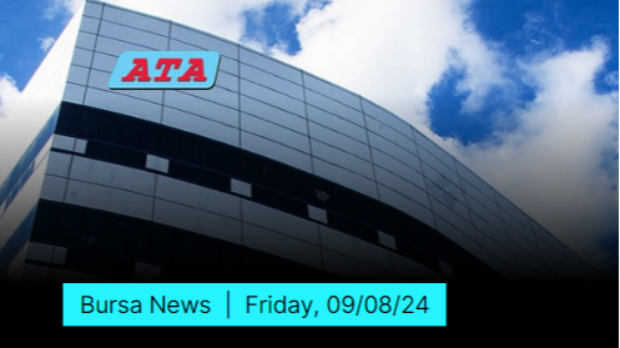Smiley overload? The correct way to use emojis when working from home
Tan KW
Publish date: Sun, 26 Apr 2020, 08:23 AM
The first emoticon was a simple colon, dash and a bracket to make a smiley face. That was back in the 1980s when computer scientist Scott Fahlman wanted a symbol to mark ironic or funny statements in computer chats.
Today such symbols are everywhere. Emoticons have long since been replaced by emojis, small graphics representing facial expressions, animals and everyday objects.
The number of them is growing all the time, and while the Unicode Consortium had planned 117 new emojis for mobile phones and computers over the course of 2020, this has been delayed due to limitations caused by the coronavirus.
Now, more than ever, the etiquette to using them has become vital, as millions communicate via chat from home during the lockdown.
For many people communicating remotely with colleagues for the first time, the wrong emoji at the wrong time can be regarded as inappropriate. And some people just don't like them at all.
Christina Margrit Siever, a linguist at the University of Zurich, has examined the use of emojis in WhatsApp chats.
"Some people get annoyed when too many emojis are used," she says. They can't take the person sending them seriously. Even the most basic emojis such as a thumbs-up can be interpreted as laziness or disrespect.
Another problem is that, just as with words, misunderstandings can arise. "Like pictures in general, emojis are shaped by culture and therefore are not necessarily globally understandable," Siever says.
For example, there's an emoji which shows a face with closed eyes, an open mouth and a blue droplet by the mouth.
"In European culture, the emoji is probably interpreted as sad, the blue element is interpreted as a tear," she says.
However, like many emojis it's borrowed from the visual language of Japanese manga anime where the meaning would be that someone is tired or sleeping.
Even simple symbols such as the winking smiley can be ambiguous: some see it as indicating irony or a joke, others as a teasing wink, and some as a provocation.
Although emojis have been standardised in Unicode, issues can also arise in the way a particular device displays them. A classic example of this is the one that shows two hands pressed together. Some people interpret it as praying, others see a high-five.
"You can't just say that Emoji X means this or that," says linguist Michael Beisswenger from the University of Duisburg-Essen in Germany.
The meaning is "highly context-dependent." For example, it depends on which words the emoji was used alongside and also the relationship between the people who are chatting.
Beisswenger has also studied emojis in WhatsApp chats and found that they're used in two ways - to provide additional information or help with interpretation during a chat or to maintain relationships.
In this respect, emojis can be used very strategically, he says. Someone delivering unpleasant news or criticism can include a smiley or a thumbs-up to make the message seem less harsh.
- dpa
More articles on Future Tech
Created by Tan KW | Aug 16, 2024
Created by Tan KW | Aug 16, 2024
Created by Tan KW | Aug 16, 2024
Created by Tan KW | Aug 16, 2024
Created by Tan KW | Aug 16, 2024










.png)
.png)









